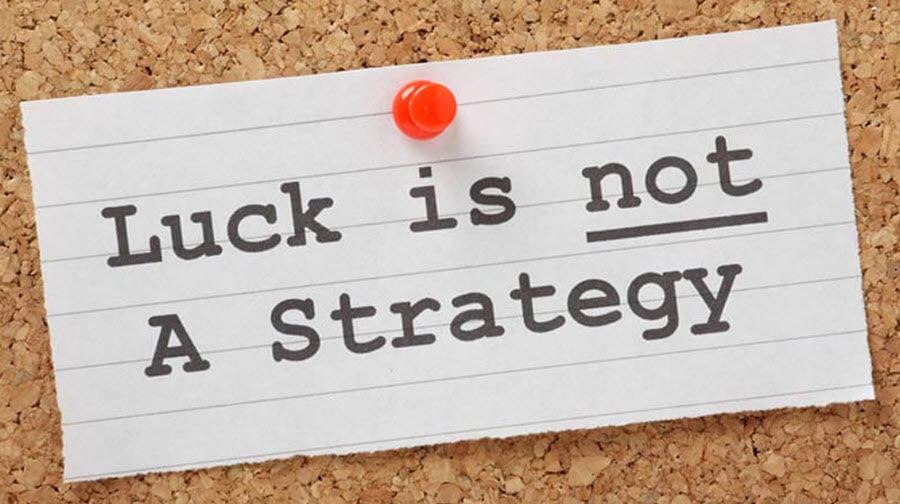The professionals of supply chain management experience the task of facilitating a plausible and clear networking business setting very often, an environment which is free from dishonesty, fraud, corruption and nonconformity. According to experts a business entity should never risk the reliability and trustworthiness of their supply chain management practices, even in their premature start-up days. The possibility of supplier breakdown in terms of revenue, customer relations, supply disturbance, and brand perception has ever more developed into an area of concern for supply chain managers. The reason behind that verity is globalized, multi-tier supply chains working in times of economic challenges. This issue often goes ahead of those who have got the job in in-house sourcing and supply chain disciplines, and is operating jointly with the operations, finance, and quality assurance and engineering teams.
Implementation of Supplier Vetting
Implementing supplier vetting effectively in our business can proactively facilitate organizations for taking initiatives in order to recognize and evade or decrease the likelihood of supplier failure.
Identify Corruption
The first step is to identify and fight corruption and to accomplish this effectively every organization must have a risk assessment plan that provides it protection against corruption and fraud between employees and suppliers. It is of vital significance to spot warning signals before finding our self in a troublesome position. For this purpose we must look for the common red flags for during supplier vetting comprising of differences in communications between procurement team and suppliers, and associations between employees and vendors at personal level. Vetting our suppliers carefully to get rid of these and other red flags is necessary and can be accomplished with the help of online support. Different systems are accessible that support businesses to fight dishonesty by classifying potential links. They have also got the potential to emphasize external interests of employees within the organization.
Foster Procurement Process
The second step is to keep an eye on the procurement process and it is extremely important to never lose the trail of procurement process. This can be attained by spotting and evaluating controls at internal level. There is a need to be acquainted with the fact that who is responsible for what and ensure that their roles are executed in an effective way. In addition, it is imperative to have a checklist for supplier selection. For this objective there are some key points to be embraced in the vetting check list including ownership structure and history, status, integrity, repute, partnerships, compliance record, previous ventures and rendered services.
For implementing supplier vetting it is important to have a selected list for suppliers. This kind of list helps businesses to accomplish the best value on the whole. The supply chain managers can stay positive in quality and good service and have improved management control on the whole just on the basis of previous performance. Being aware of rate estimates, delivery capacities and financial firmness implies that we are capable of investing additional trust in our suppliers as compared to a supplier who’s completely new. The response can be used for those vendors who don’t keep their promise and find themselves on a list of disqualified or non-preferred vendors.
Furthermore, we can make use of technology and there are lots of technology solutions which are intended to manage the auditing, consolidation, and supplier assessment. The wide-ranging information derived from the software solutions indicates that we have got the right to use all the information needed to make well-informed decisions without background checks that are pretty lengthy. In addition to that we must keep in mind that company structure counts a lot as well. It is essential to found the nature of any sister companies if a supplier creates division of a group of companies to make sure that they are not disagreeing with any side of the reputation of business entity, or to classify where monetary issues in one company could affect the contracting company. Moreover, it is highly significant to be aware of the nature of any connection with a parent company to find out if the supplier has got the power over the direction of its business plan, objectives and investment, and the procedures to deliver it.






